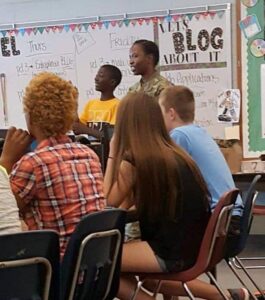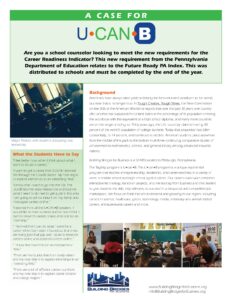Americans have always taken pride in having the best-educated workforce in the world, but now that is no longer true.
In Tough Choices, Tough Times, the New Commission on the Skills of the American Workforce reports that over the past 30 years one country after another has surpassed the United States in the percentage of its population entering the workforce with the equivalent of a high school diploma, and many more countries are on the verge of doing so. Thirty years ago, the U.S. could lay claim to having 30 percent of the world’s population of college students. Today that proportion has fallen substantially, to 14 percent, and continues to decline. American students place anywhere from the middle of the pack to the bottom in all three continuing comparative studies of achievement in mathematics, science, and general literacy among advanced industrial nations.
Students from low-income families are six times more likely not to finish high school than those from high-income families. Dropouts face severe obstacles to employment, livable wages, and civic participation; instead, many drift into crime.
This situation means a loss of opportunities for the individuals, substantial cost to the government and taxpayers, and a decline in productivity for businesses. Even those students who do graduate may not be well prepared. According to the National Reading Panel, American companies lose nearly $40 billion annually due to illiteracy.
A survey by the National Occupational Information Coordinating Committee and the National Career Development Association found that a majority of students report feeling unprepared in skills, knowledge, and attitudes upon entering the workforce.
According to the Manhattan Institute, only about 20% of African-American and Hispanic students graduate college-ready. This skills crisis is becoming more critical because the American economy is shifting. Not only will the traditional skills of reading, writing and math be needed to thrive in this economy, but also technological know-how and proficiency in self-direction.
Of the mainstream public school population, graduation rates hover between 70 and 80 percent for all students and 50 percent for minority students. The disparity widens when only “at-risk” students are counted.



